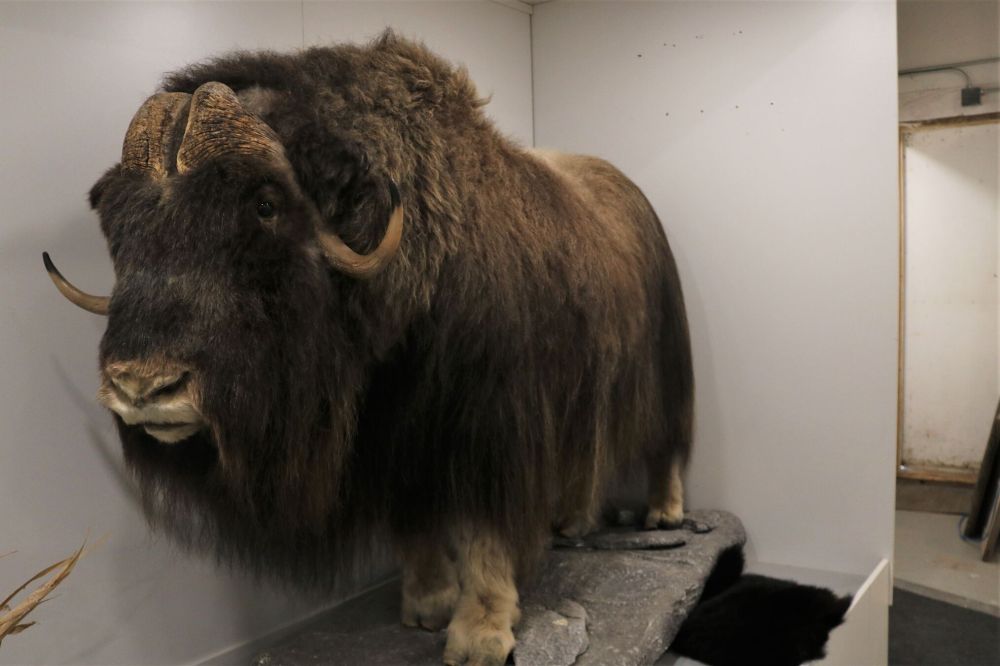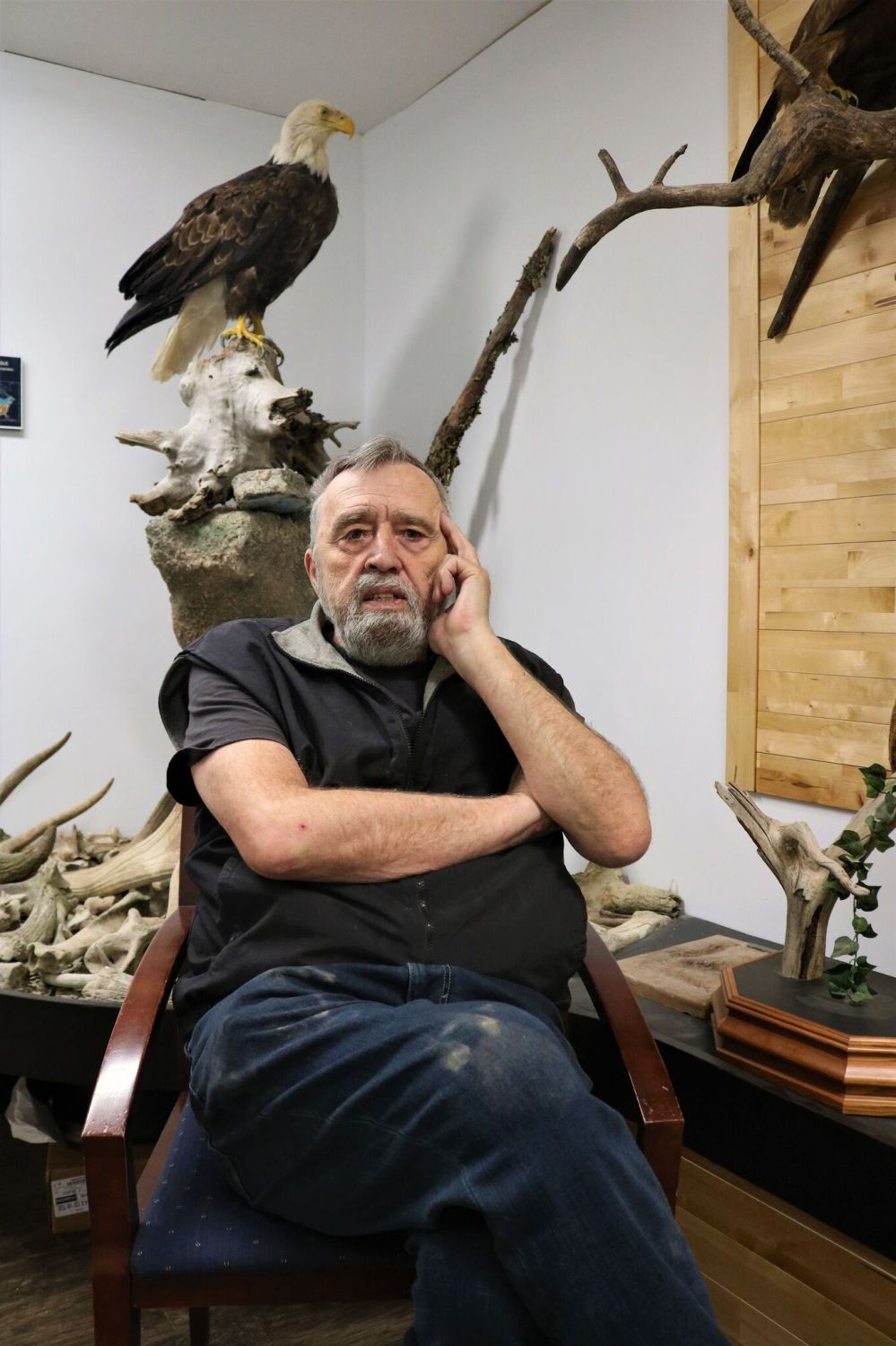A passion come to life
Advertisement
Hey there, time traveller!
This article was published 17/05/2021 (1684 days ago), so information in it may no longer be current.
Upon pulling up to Jim Reimer’s property wedged between the towns of Blumenort and St Anne in a thicket of trees and bush, the shed directly to the right of his driveway seems unassuming.
Inside the doors, however, reveals an unexpected world Reimer has been working on for a few years, or 60, depending on how one considers it.
The 72-year-old has been slowly retrofitting his old beekeeping lodge to create a taxidermy museum, a hobby he’s had since he was a teenager when his mother saw an advertisement in the newspaper.

While there’s no trace of the decades he spent beekeeping with his wife, these days the space is filled with specimens from all corners of the world frozen in time.
The museum, which Reimer has dubbed ‘Nature by Design’ is an expertly preserved look into the natural world and the animals inhabiting it. Every corner of the meticulous, organized exhibit reveals another pocket or hallway to a different world of sorts: field animals scurrying across prairie grass, birds on display with an accurate depiction of what they look like hunting or feeding, glass cases filled to the brim with beetles and butterflies sent to him from Iran, to name a few.
“I believe that God created these things and for me, I think it’s a form of worship to be working on things that were designed by a greater being,” he says of his work.
The stuffed and mounted animals are not the only works of Reimer’s on display; his eye for composition extends to photography, with National Geographic-level lining the space where animals do not fit. Photographs from his dozens of trips to hidden corners of the earth, yet also mere shots from his own backyard evoke the same beauty.
“I try to create the relationship between animals and nature, that’s what’s important about this,” he said.
Many would assume Reimer collects the animals he taxidermies himself, but such is not the case.
After being in the profession for decades, the connections he’s made within the industry have netted him enough people to donate the specimens without much need to go looking for them himself. He said often he’ll have deer heads or geese waiting for him on his doorstep or acquaintances rolling up to his yard with something they’ve found on the side of the road.
“I have enough things in my freezer at the moment to last me the rest of my life in projects,” he said. “But I don’t like to hunt, I love animals.”
After working in slaughterhouses and some unsavory hunting experiences as a young man, he said he’s not interested in the act of taking an animal’s life.
“One day I decided to switch from the gun to a camera, I shoot animals that way,” he said. These days, aside from mounting animals as a way of education, Reimer chooses to capture animals in their natural habitat with his Nikon camera and a 600 mm lens.
With that in mind, the world of taxidermy is a curious one to work in for a self-proclaimed animal lover such as Reimer.
“I tend to look past that and look at the beauty,” he said.
“I have told people I don’t enjoy taxidermy; I enjoy the finished product. It’s like you’re driving somewhere far but you’re going to visit a friend. The map doesn’t matter if the driving is not that great, but you’re going to a great place.”
The fruits of his labour pay off, with a vast array of animals on display including a tropical display bearing a flamingo and parrot, and a section dedicated to prairie animals, and more birds than one sees during fall migration, a personal favourite of Reimer’s to mount.
“Most people who do this want the big animals, but my curiosity lies with the little rascals running around in the ground,” he said.

“I can take photos of the big animals, I don’t need to taxidermy them.”
With his age slipping away – as he puts it – Reimer plans to open the museum to the public on June 5. When he is no longer able to care for it, he hopes one of his four children will take over operating the museum, a project he considers his legacy.
“I don’t plan on expanding it, someone else will have to do that, whoever that may be.”
